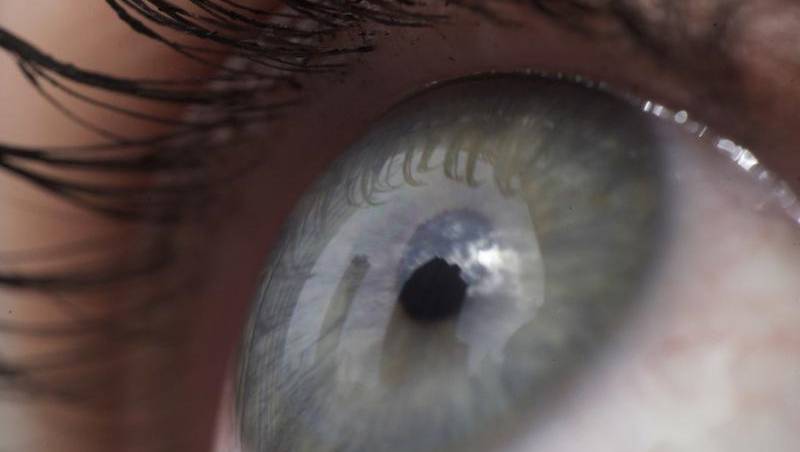
Scientists have identified one cause of a debilitating eye disease in a breakthrough after 15 years of research.
Researchers found low levels of an amino acid called serine can cause macular telangiectasia (MacTel) type 2, which leads to a gradual loss of central vision, according to a paper published in the New England Journal of Medicine.
“This is a breakthrough not just for MacTel research, but for eye, neurological, and metabolic research more broadly,” said Lowy Medical Research Institute president and professor Martin Friedlander.
The institute’s researchers found low serine levels lead to an accumulation of toxic lipids called deoxysphingolipids which causes photoreceptor cells to die.
“In this case, a single biochemical mechanism causes disease in both the eye and the peripheral nervous system,” said Friedlander.
Serine is used in many pathways in the body, although it has not previously been linked to macular health.
Inside the lab, the scientists created human retinal tissue called retinal organoids to confirm deoxysphingolipids are toxic to human retinal tissue.
“They (retinal organoids) allow us to investigate the cause of retinal diseases and test the effect of drugs directly on the human retina,” LMRI scientist Kevin Eade said.
For the last 15 years the scientists have been working to find the cause of the disease cause and develop effective treatments.
They found that a lipid-lowering medication called fenofibrate protects photoreceptors from the toxic lipids where applied to the retinal organoids.
MacTel is estimated to affect about two million people around the world.
Symptoms typically start for people in their 40s and 50s, with the gradual deterioration interfering with critical tasks such as reading and driving.
Future research will focus on finding out the extent that deoxysphingolipids cause macular disease, and what causes their levels to elevate.
Australian Associated Press
